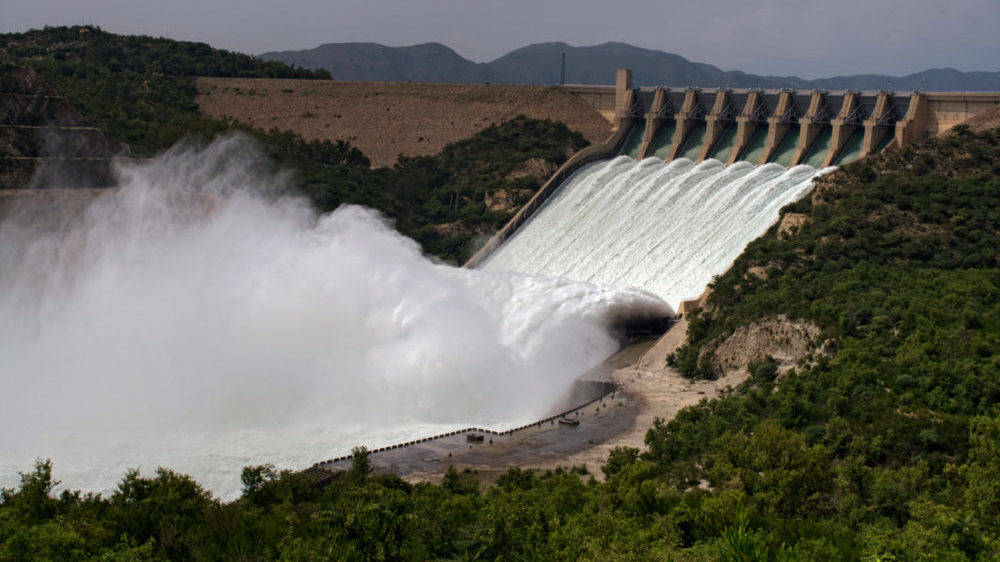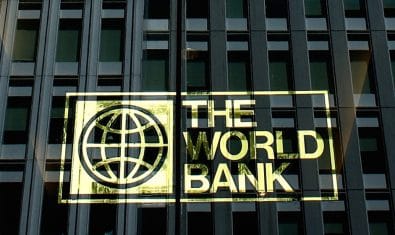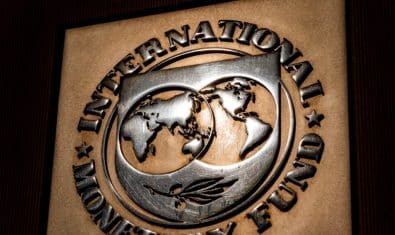Following up on the CPEC mega investment, China is going to bring life to Pakistan’s struggling energy sector.
In a Memorandum of Understanding (MoU) signed on Saturday, Pakistan and China agreed on a $50 billion investment from China for developing the North Indus River Cascade which can generate 40,000 MW of power.
The MoU was signed during Prime Minister Nawaz Sharif’s visit to China. Adding this to the existing CPEC investment of $62 billion, this brings up the total to $112 billion. With this, China has become the biggest investor for infrastructure projects in Pakistan.
Potential to Produce 60,000 MW
Studies conducted by Water and Power Development Authority (WAPDA) suggest that Pakistan has the potential to generate 60,000 MW of power through hydroelectric power plants.
40,000 MW of this potential power can be produced from the Indus River Cascade, which begins from Skardu and runs through KPK all the way to Tarbela.
Bhasha Dam Project Out of Limbo?
One of the projects in the Indus River Cascade is the Diamer-Bhasha Dam project, which needs a $15 billion investment. The Bhasha dam project didn’t have any takers until China came along.
According to sources, China has conducted surveys and studies on the North Indus River Cascade at various sites, including Pattan, Thacoat, Bunji, Dasu and Diamer in February this year.
Beijing decided in a high level meeting to conduct a detailed study over 3 months to develop a financing roadmap including details about the start and end of the project.
This will be the first private sector investment in hydel mega projects, WAPDA has led these projects until now.
The Biggest Dam Maker
Back in 2015, China Three Gorges Corporation (CTGC) said that they were ready to participate in a financing consortium to invest $50 billion in Pakistan’s hydel power projects. CTGC is owned by the Chinese government. It has built the Three Gorges Dam, which houses the world’s biggest hydroelectric power plant with a capacity of 22,500MW.
This is a mere 1,000 MW less than the total installed power capacity of Pakistan at 23,500MW.



























Aur khuda kare ke meri arz-e-paak par utray
Woh fasl-e-gul jise andeishaey zawaal na ho
In Sha Allah just wait for next 5 Years Only
:)
Aameen
With MIan Sahab or Someone new ?
Of Course
Mian Channu G
:D
Of Course Dare Ling.?
These Dams will take at least 10 to 15 years
Akely Damm ee ni banny aur b bohat ujj honna hai :/
Samajh se bahar hai itni meherbani. Allah khair kary, meri watan ki hifazat farmaye. Aameen
PAK CHEEN DOSTI Zindabad
ap jaise jahil log hote hai jinko kuch pata nai hota
china pakistan me is liye investment kar raha hai ke wo apni problem hal kare
un ko har saal 100 billion$ dollor se zada nuqsaan hota oil ko transport karne ki waja se
aur wo gawadar se lana chahte hai take wo sasta pare aur paisa is liye de raha hai ke kahin india pakistan ko tabah na kare or un ki investment zaya na hon
Ye dosti wagera personal matters hain, 2 countries ki dosti nahi hoti taluqat hoty hain, jab east india company ban rahi thi us waqt bhi aap k baro ne yehi kaha hoga k es se itna faida hoga, ye hoga wo hoga, natija kiya nikla???? Angrez ki ghulami ……
Believe it or not, but its truth.
This project has no economic benefits for the Pakistan for long run as the company is Chinese, Workers will be Chinese, machines will be Chinese. Eventually, the money which china is investing will go back to China. Pakistan is only providing them security.
Second, China is not investing it for nothing. Pak will have to pay back the amount with interest. And Pakistan is already a struggling economy as per the IMF & world bank. The situation will be far more grave for Pakistan for long run. May be Pakistani people will get electricity after the completion of the project, but Pakistan will bleed when it repay the billions of dollars with interest.
40,000 MW :
INSHAH ALLAH Pakistan Bohat Jald Electricity Bhi Export Karega :
50 Billion Dollar = 50 Kharab Pakistani Approx (I am Right)
Jiger ! You are always right :)
Kash China Pakistan ka intizam sabaal le aur humay lutaray aur munafiq siyasatdano se nijat dila de.
Hum apne mulk Pakistan ko mustaqil tor pr ek ba izzat aur khush haal mulk dekhna chahtay hain chahay is k liye humain kisi had tak bhi jana par jaye.
Ye to Samjh ata K British Qabza Kar Le at least zaban to samajh main ayegi
Yaha Agar Chines Le Liya to Chines Zuban to Kisi Ko Bhi Nahi ati :p
ہاہاہا وہاب بھائی مجبوراً پھر یہ زبان بھی سیکھ لیں گے
Believe it or not.
This project has no economic benefits for the Pakistan for long run as the company is Chinese, Workers will be Chinese, machines will be Chinese. Eventually, the money which china is investing will go back to China. Pakistan is only providing them security.
Second, China is not investing it for nothing. Pak will have to pay back the amount with interest. And Pakistan is already a struggling economy as per the IMF & world bank. The situation will be far more grave for Pakistan for long run. May be Pakistani people will get electricity after the completion of the project, but Pakistan will bleed when it repay the billions of dollars with interest.
Pakistan, Be ready to be a Chinese Colony.
This project has no economic benefits for the Pakistan for long run as the company is Chinese, Workers will be Chinese, machines will be Chinese. Eventually, the money which china is investing will go back to China. Pakistan is only providing them security.
Second, China is not investing it for nothing. Pak will have to pay back the amount with interest. And Pakistan is already a struggling economy as per the IMF & world bank. The situation will be far more grave for Pakistan for long run. May be Pakistani people will get electricity after the completion of the project, but Pakistan will bleed when it repay the billions of dollars with interest.
One Word For You… with salute…. WADA JAHIL
Have courage to face the truth
And you what? Do you know the reason why the world make fun of English spoken by Pakistani? You are the reason. There is two words you mentioned. Lolz
*Makes
*There are
“This is a mere 1,000 MW less than the total installed power capacity of Pakistan at 23,500MW”, and to add on this statement, the total actual generation in Pakistan is almost half the actual generation of the Three Gorges dam.
And to add, our Hydel power capacity is around 7000 MW only.
This shit better be made before I die.
A good news despite the engulfing conspiracies/theories. Some facts to keep in mind though :
1- International Energy Agency has forecast that total electricity demand of the country will be 49,078 MW in 2025.
2- World average per capita electricity consumption is 2730 kWh compared to Pakistan’s per capita electricity consumption of 451 kWh. ( we are already conserving it nearly as much as possible )
3- Pakistan has almost exhausted its gas reserves.
The China-Pakistan-Economic-Corridor (CPEC) — flagship project under the mega One Belt One Road (OBOR) initiative — is not merely a corridor that Pakistan is hoping will transform its economy but rather a project that may wreck its finances and societal structure.
A 15-year master plan of CPEC that has come to light reveals that Pakistan will be fully subjugated by China under the current terms and conditions of the project.
The master plan, a copy of which is seen by ET, envisages a deep and broad-based penetration of most sectors of Pakistan’s economy as well as its society by Chinese enterprises and culture. The plan spells out in detail what Chinese intentions and priorities are in Pakistan for the next 15 years. It may be recalled that China has decided to invest $62 billion for the CPEC project.
Under the plan, thousands of acres of agricultural land will be leased out to Chinese enterprises in Pakistan to set up “demonstration projects” in areas ranging from seed varieties to irrigation technology.
A system of monitoring and surveillance will be built in cities from Peshawar to Karachi with 24-hour video recording on roads and busy marketplaces for law and order
Besides, as the per master plan, a national fibre-optic backbone will be built for Pakistan not only for internet traffic, but also terrestrial distribution of broadcast TV, which will cooperate with Chinese media in the “dissemination of Chinese culture”. A similar Sinification is visible in the Mandalay town of Myanmar which has impacted local architecture and culture. It remains to be seen how a conservative section of the Pakistani society reacts to the influence of Chinese culture.
In some areas, the plan is to build on a market presence already established by Chinese enterprises — for instance, Haier in household appliances, China Mobile and Huawei in telecommunications, and China Metallurgical Group Corporation in mining and minerals
A key thrust of the plan lies in agriculture. Pakistan will also become a market for agricultural produce from Western China and this will adversely impact local producers, alleged Pakistani civil society activists. From provision of seeds and other inputs, such as fertiliser, credit and pesticides, Chinese enterprises will also operate their own farms, processing facilities for fruits and vegetables and grain. Logistics companies will operate a large storage and transportation system for agrarian produce, as per the CPEC master plan. Chinese enterprises will take the lead in each field.
Experts on Chinese economy claim that Beijing’s goal through CPEC is to improve the agriculture sector of certain western provinces. The plan proposes to harness the work of the Xinjiang Production and Construction Corps to bring mechanization as well as scientific technique in livestock breeding, development of hybrid varieties and precision irrigation to Pakistan. It sees its main opportunity as helping the Kashgar Prefecture, a territory within the larger Xinjiang Autonomous Zone, which is poverty ridden.
FIBRE OPTIC WORRIES
One of the oldest priorities for the Chinese government since talks on CPEC began is fibre optic connectivity between China and Pakistan. An MoU for such a link was signed in July 2013 which may impact India’s security. “Moreover, China’s telecom services to Africa need to be transferred in Europe, so there’s a certain hidden danger of the overall security,” says the plan.
The plan also envisages a terrestrial cable across the Khunjerab pass to Islamabad, and a submarine landing station of cable in Gwadar. Gwadar, as per the plan, “is positioned as the direct hinterland connecting Balochistan and Afghanistan”.
The expanded bandwidth will enable terrestrial broadcast of digital HD television, called Digital Television Terrestrial Multimedia Broadcasting (DTMB). This is envisioned as more than just a technological contribution. According to the master plan, “It is a cultural transmission carrier. The future cooperation between Chinese and Pakistani media will be beneficial to disseminating Chinese culture in Pakistan, further enhancing mutual understanding between the two peoples and the traditional friendship between the two countries.
“There is a plan to build a pilot safe city in Peshawar, which faces a fairly severe security situation in northwestern Pakistan,” the plan says, following which the initiative will be extended to major cities such as Islamabad, Lahore and Karachi. This may see deployment of Chinese forces in Pakistan with a direct bearing on Indian security.
Importantly, Pakistan’s federal and involved local governments should also bear part of the responsibility for financing through issuing sovereign guarantee, according to the plan.
Understanding China’s ‘Master Plan’ for Pakistan
http://thediplomatDOTcom/2017/05/understanding-chinas-master-plan-for-pakistan/
Check the site and open it.